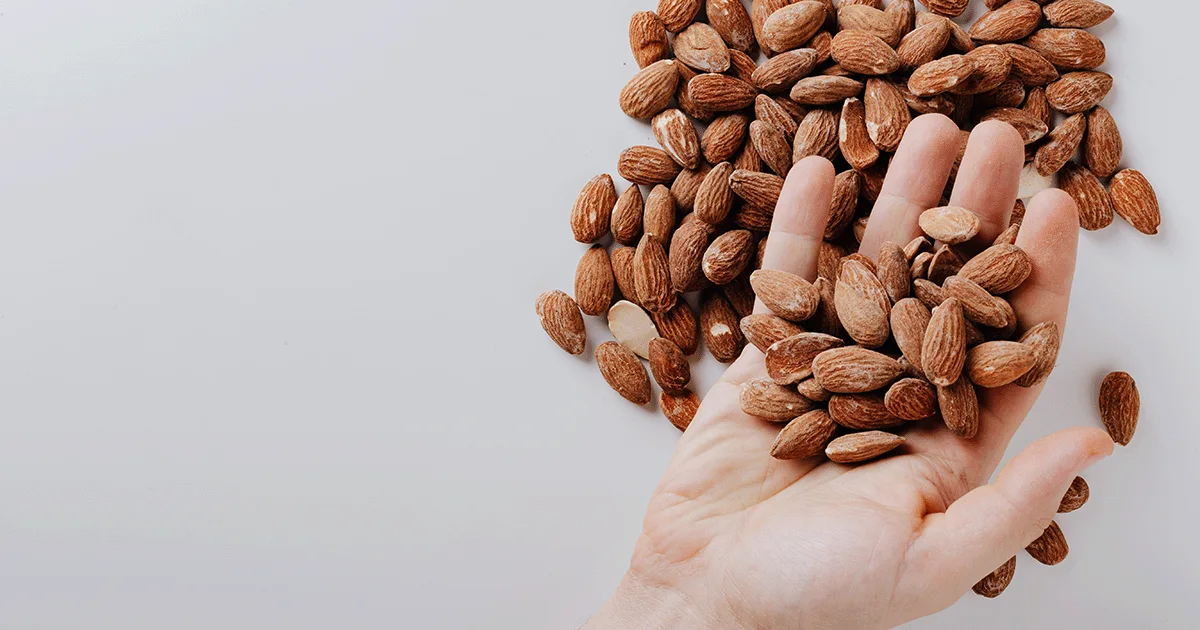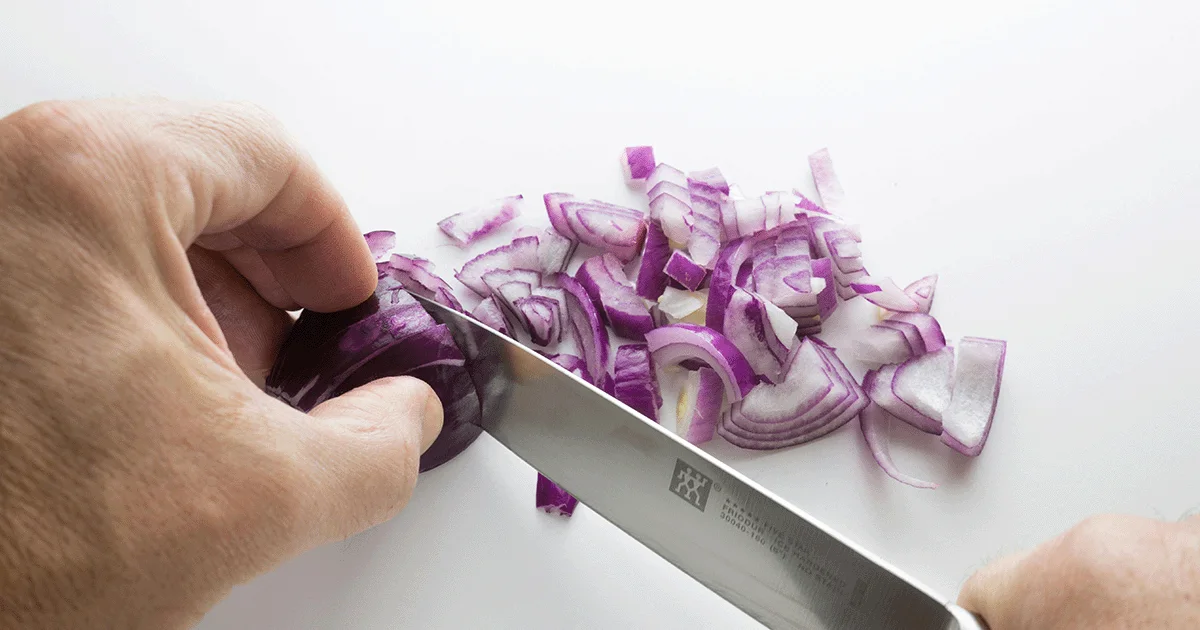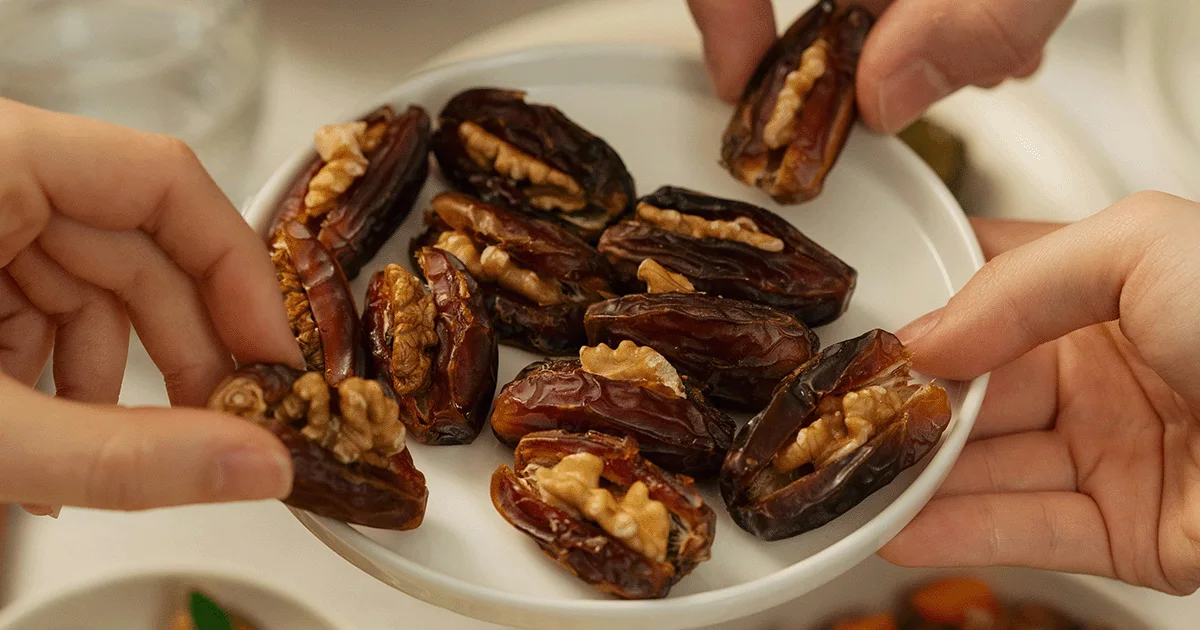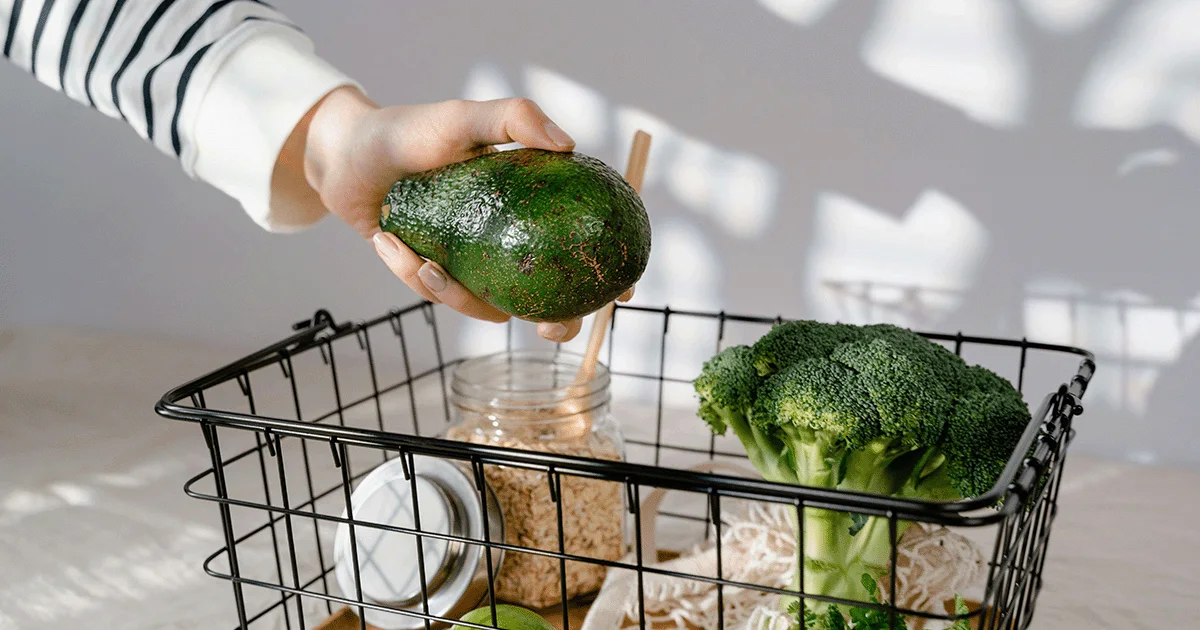Here's what we'll cover
Here's what we'll cover
Female ejaculation, often called squirting, can happen when a woman orgasms. Unlike male ejaculation, which contains sperm, medical experts are still baffled about the role female ejaculation plays in sexual arousal (Rodriguez, 2021).
Not all women squirt, but if you do, it’s completely normal.
What is female ejaculation?
Squirting and female ejaculation can be elusive topics in peoples' sex lives. According to some studies, anywhere from 10–54% of women experience the phenomenon in some form.
The amount of fluid released can range from approximately 0.3 mL to more than 150 mL, according to a study including 320 women from all over the world (Pastor, 2013; Puppo, 2013).
Still, the phenomenon of female ejaculation or squirting (which may or may not be the same thing, depending who you ask) is still very much a mystery (Påfs, 2021).
Though the two terms are used interchangeably in most research, not every medical professional considers squirting and female ejaculation the same thing. This might be one reason hindering how much we know about the topic (more on that below).
Either way, it involves the expulsion of fluid during an orgasm. This is different from the natural lubrication produced in the walls of the vagina during sexual arousal (Rodriguez, 2021).
How does squirting happen?
Squirting happens during sexual stimulation, meaning it can occur during foreplay, sex, or masturbation. The fluid comes from the urethra, and that’s pretty much where our concrete knowledge of how squirting works ends (Pastor, 2017).
Women don’t have a prostate, but there are glands in the female body that some researchers consider similar to the male prostate gland. In men, this organ is responsible for producing one of the components of semen, which transports sperm during ejaculation.
Some researchers think these prostate-like glands are key players in female ejaculation but remain a mystery. However, in the past few decades, researchers have been investigating the paraurethral glands (aka Skene’s glands) and the role they play in sex (Rodriguez, 2021).
That being said, it’s important to note that essentially all research on the topic has been done on cisgender women, rather than a range of people who have vaginas.
Is squirting just pee?
Squirting most likely involves pee, and that may make it different from female ejaculation, according to some scientists. Thanks to the research done so far, we know a few things about the fluid released during female ejaculation.
Typically only a few milliliters of a thick, milky secretion are ejected at a time. There is still a debate about what female ejaculate is made up of, but studies have shown it’s different from urine. It may even have antimicrobial properties meant to protect the urethra. Female ejaculate contains enzymes and protein including creatinine and urea (Påfs, 2021).
Until recently, there wasn’t a hard distinction in research between squirting and female ejaculation. Now, researchers note a distinct difference between the two, with squirting yielding higher volumes of fluid that’s watery and more urine-based. This makes it difficult to draw conclusions from other research that doesn’t make a solid distinction between the two (Rodriguez, 2021).
Both squirting (a larger amount of watery fluid similar to urine that’s expelled from the urethra) and female ejaculation (a few milliliters of thicker milky-looking fluid) can happen simultaneously (Pastor, 2013).
How to make someone squirt
What triggers squirting differs from person to person. Not everyone with female anatomy ejaculates, so there’s no one-size-fits-all technique on how to make someone squirt. If there isn’t any fluid, that doesn’t mean a person with female anatomy didn’t have an orgasm or experience sexual pleasure (Rodriguez, 2021).
Your best chance of making a person squirt is giving them an orgasm. In fact, squirting can’t happen without it, although an orgasm doesn’t always make a person squirt. If you’re the one hoping to squirt, make sure you understand what gets you off and let your partner know.
Some research into the topic has shown that some people who can squirt prefer not to. Other surveys have shown that people with a vulva who can ejaculate may be more prone to having multiple orgasms (Fahs, 2014; Påfs, 2021).
Working within someone’s boundaries is always a crucial part of sexual health. Don't expect that just because someone has the ability to squirt, this is their goal during sex. If it isn't, it shouldn't be yours either. If you’re trying it out, make sure you know if your partner prefers G-spot stimulation, clitoral pleasure, or something else. You can also try sex toys like vibrators (Påfs, 2021).
DISCLAIMER
If you have any medical questions or concerns, please talk to your healthcare provider. The articles on Health Guide are underpinned by peer-reviewed research and information drawn from medical societies and governmental agencies. However, they are not a substitute for professional medical advice, diagnosis, or treatment.
Fahs, B. (2014). Coming to power: Women's fake orgasms and best orgasm experiences illuminate the failures of (hetero)sex and the pleasures of connection. Culture, Health & Sexuality , 16 (8), 974-988. doi:10.1080/13691058.2014.924557. Retrieved from https://www.tandfonline.com/doi/abs/10.1080/13691058.2014.924557
Påfs, J. (2021). A sexual superpower or a shame? Women’s diverging experiences of squirting/female ejaculation in Sweden. Sexualities . doi:10.1177/13634607211041095. Retrieved from https://journals.sagepub.com/doi/full/10.1177/13634607211041095
Pastor, Z. & Chmel, R. (2017). Differential diagnostics of female “sexual” fluids: A narrative review. International Urogynecology Journal , 29 (5), 621-629. doi:10.1007/s00192-017-3527-9. Retrieved from https://link.springer.com/article/10.1007/s00192-017-3527-9
Pastor, Z. (2013). Female ejaculation orgasm vs. coital incontinence: a systematic review. The Journal of Sexual Medicine , 10(7), 1682–1691. doi:10.1111/jsm.12166. Retrieved from https://pubmed.ncbi.nlm.nih.gov/23634659/
Puppo, V. (2013). International online survey: female ejaculation has a positive impact on women's and their partners' sexual lives. BJU international, 111 (5), E263–E264. doi:10.1111/bju.12128. Retrieved from https://pubmed.ncbi.nlm.nih.gov/23578237/
Rodriguez, F. D., Camacho, A., Bordes, S. J., Gardner, B., Levin, R. J., & Tubbs, R. S. (2020). Female ejaculation: An update on anatomy, history, and controversies. Clinical Anatomy, 34 (1), 103-107. doi:10.1002/ca.23654. Retrieved from https://pubmed.ncbi.nlm.nih.gov/32681804/










